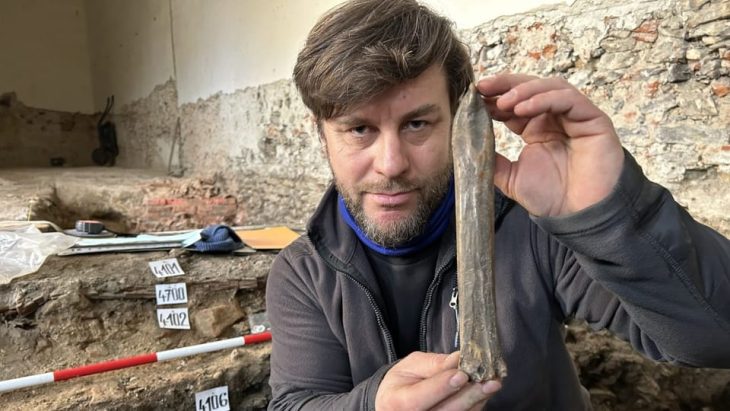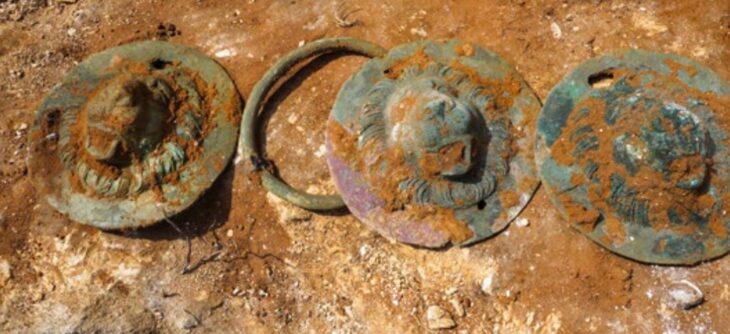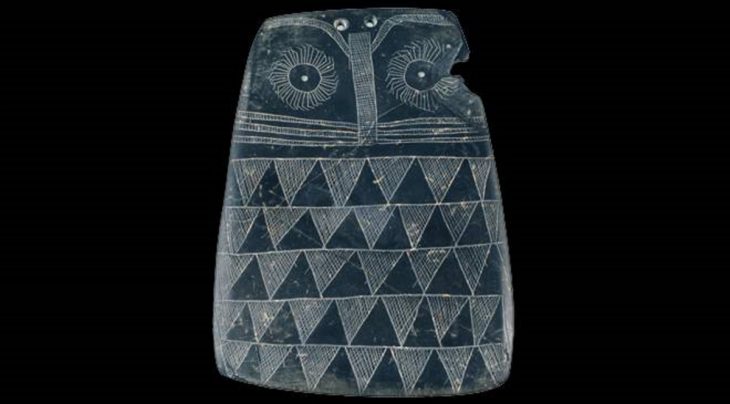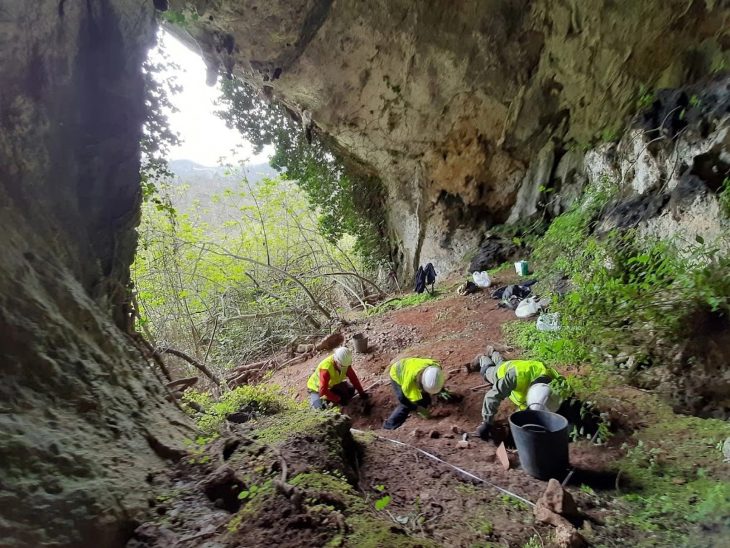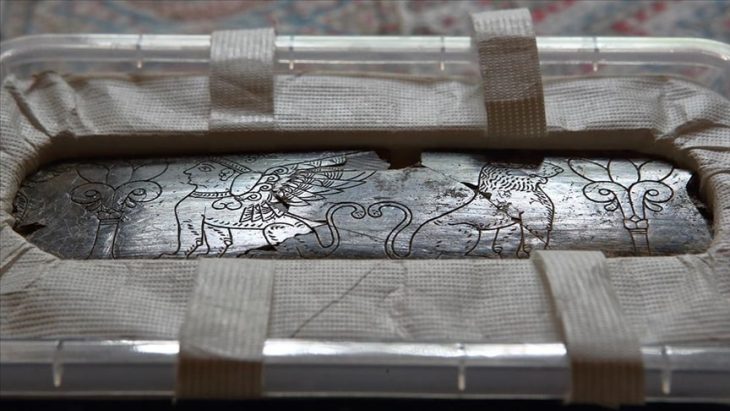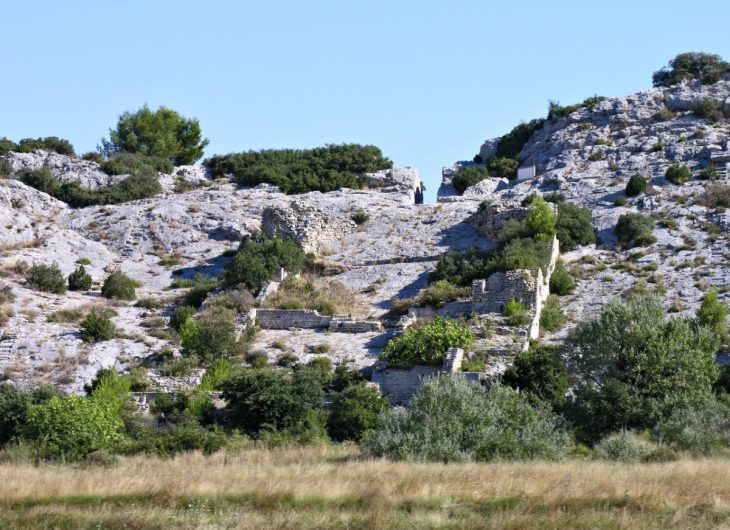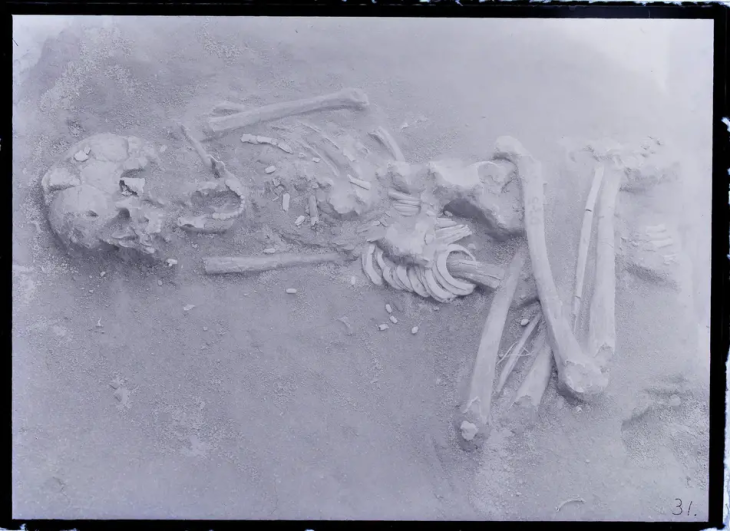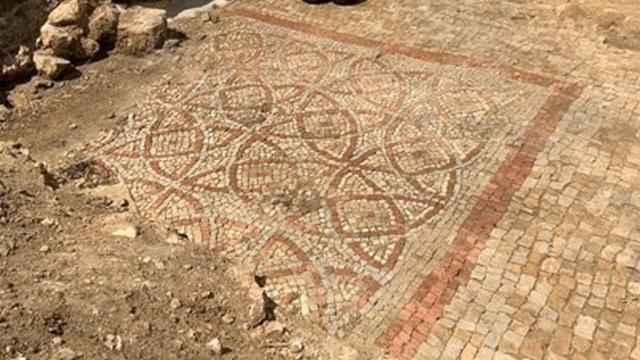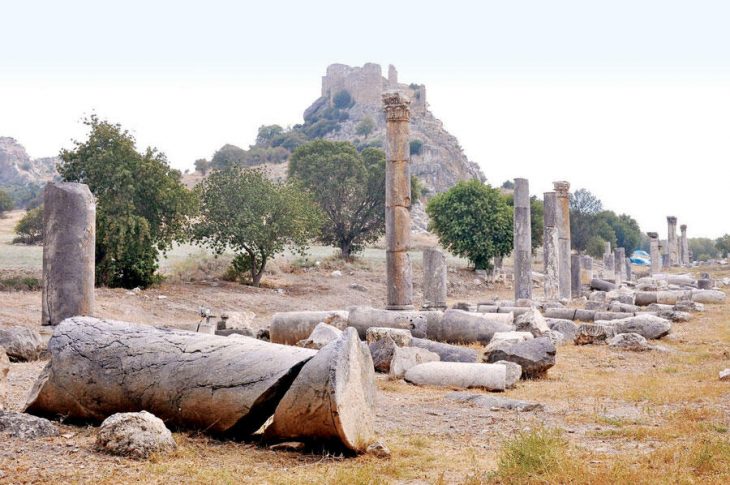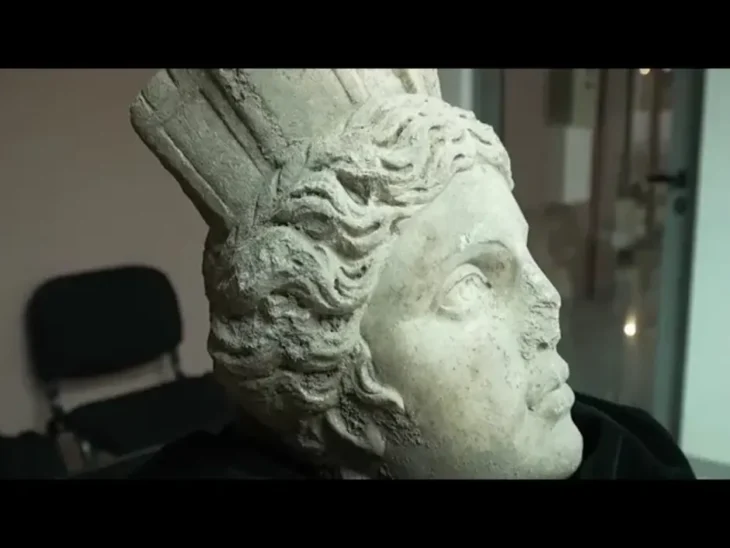Located in the Takaichi District of Nara Prefecture, Japan, the village of Asuka is famous for its mysterious stones. The ancient origins of the village date back to the Tumulus period, also known as Kofun Jidai (c. 3rd century–538 C.E.).
Kofun Jidai period (AD 250–552) is characterized by a specific type of earth mound in the shape of a key and surrounded by moats. However, the area is known for its many Buddhist temples, shrines, and statues.
Stone monuments that do not match Buddhist-style sculptures or construction on the hills surrounding Asuka attracts curious visitors and explorers.
Masuda-no-iwafune (literally “Rock Ship of Masuda”, 益 田 岩 船 in Japanese), or Rock Ship of Masuda, is the name of the largest of these monuments. Its function is still unknown and it is located atop a hill close to Okadera Station. The largest of the mysterious rock mounds, the rock ship is made of solid granite and measures 11 meters (36 feet) by 8 meters (26 feet), 4.5 meters high (15 feet), and weighs approximately 800 tons as it stands. It’s a carved mound, with two holes each about a meter square in the center, going through to the ground.

The “rock ship” moniker is most likely due to its canoe-like appearance or location near Lake Masuda. However, as part of regional development, the nearby body of water has been drained.
The side of the slope facing the top has been smoothed at a 45-degree angle to the ground. Close to the ground, trellis-shaped chisel marks can be seen on the other three sides. These marks are most likely related to how the builders smoothed the surface of the rock. Because granite is notoriously difficult to carve (even with modern tools), this sculpture captivates experts and scientists who regard it as a technical marvel.
Masuda-no-iwafoune’s construction is said to be strikingly similar to that of another Japanese stone enigma, Ishi-no-Hden. Though it is now a shrine dedicated to the Shinto god shiko Jinja, no one knows who carved it or why, though it is thought to have two holes in the center, similar to Masuda-no-iwafune, though they aren’t visible.

The most popular theory about the stone’s construction is that it was used as an astronomical observation point. Its orientation alignment with the slope suggests that the monolith may be linked with the Japanese lunar calendar (important for early agriculture) and to the first astronomical observations. However, some experts disagree with this.
Other historians contend that the rock designates a royal burial ground, of which only the entrance would have been finished at the time. This still doesn’t explain the unusual features of the structure.
With no conclusive information regarding the significance of this enigmatic stone spaceship, the whys, and wherefores of its existence remain a mystery to this day.
Cover photo: Wikimedia


